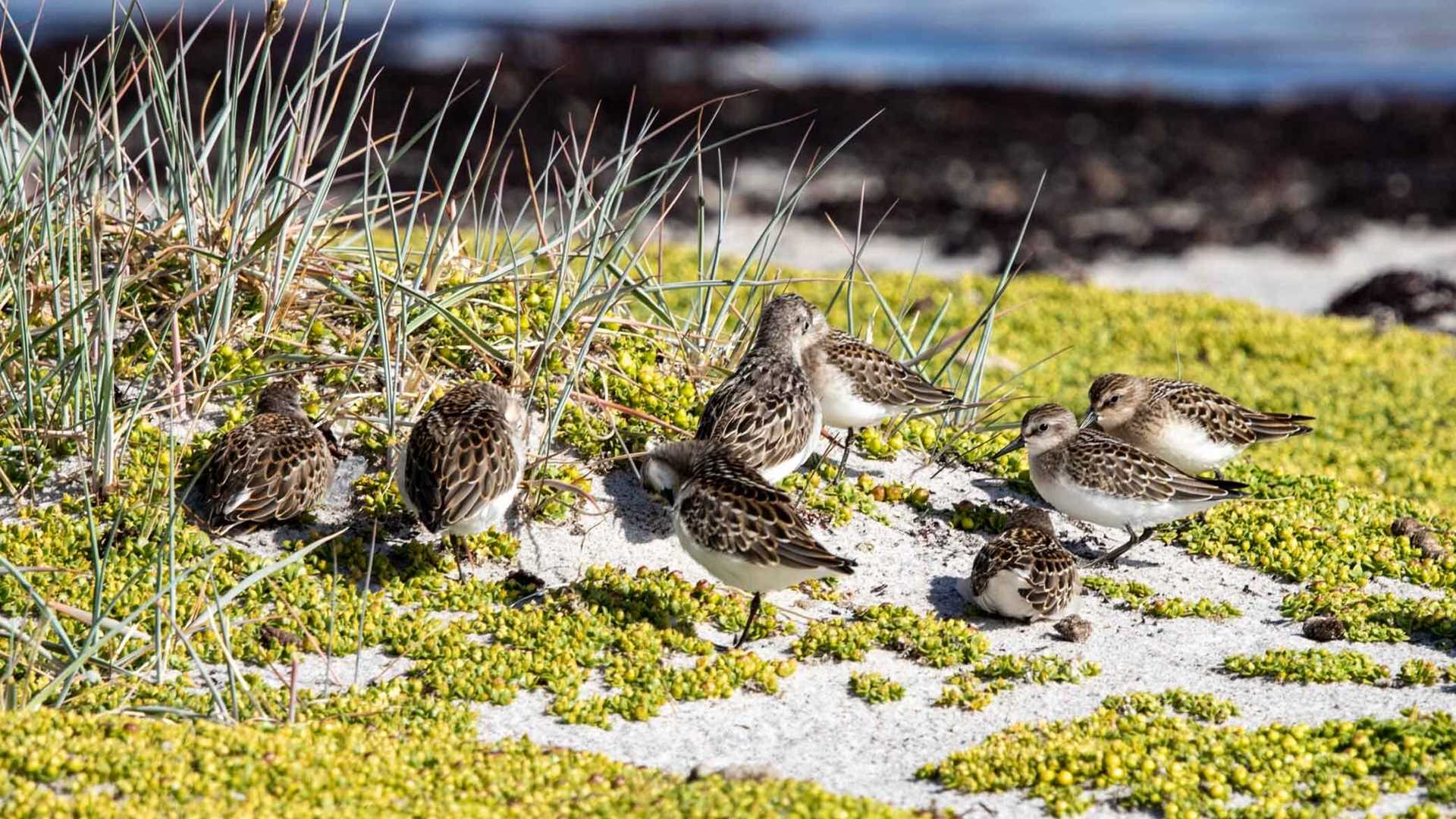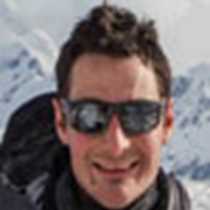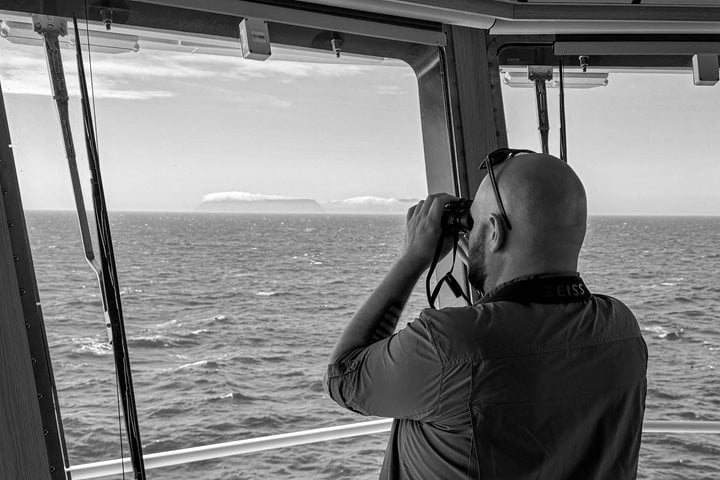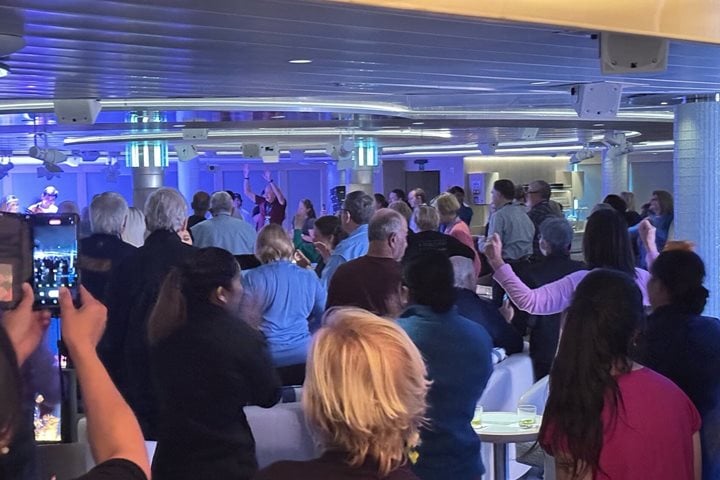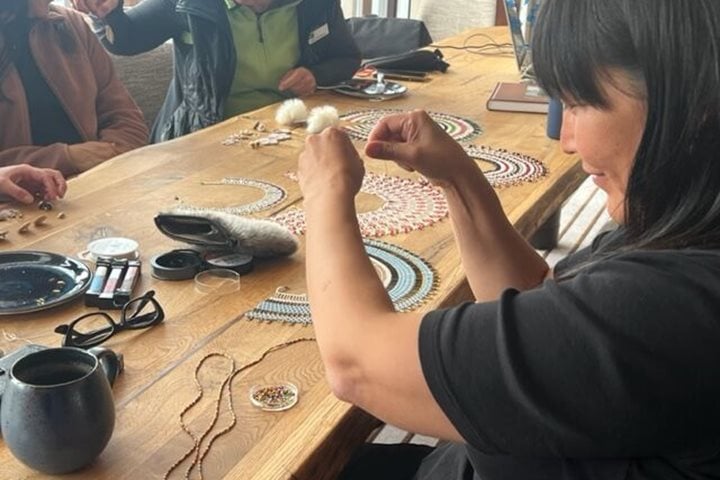Today was spent exploring King William Island from National Geographic Endurance. An expedition morning at Booth Point didn’t disappoint. This is the site where the remains of a body from the Franklin Expedition were found in 1981. After nearly 36 hours on the ship, everyone was keen to stretch their legs and discover the area’s natural history. Twenty species of birds, an arctic fox, and some distant reindeer kept us entertained. We observed wading species in their feeding flocks, with seven species of sandpipers feeding together on a sandy spit.
In the afternoon, we visited the community of Gjoa Haven, once described as “the finest harbor in the world” by Amundsen. We were welcomed ashore by community members who gave us a tour of the town, which culminated in a display of arctic sports. We were then left to explore on our own, and many of us opted to visit the Heritage Centre and read up on the successful search to find Erebus and Terror.

